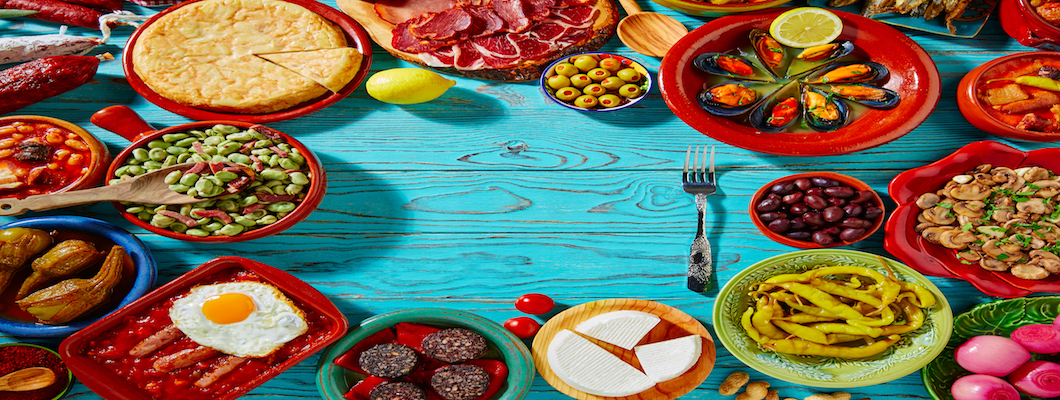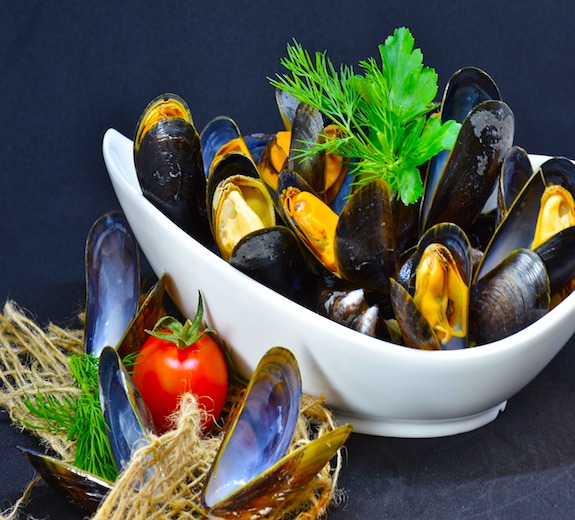A Short Guide to Spanish Food
Spanish Food is simple and unpretentious, relying on the fresh produce available locally and seasonally. Despite an overall down-to-earth quality, it can vary wildly from region to region. Criss-crossed by mountains, travel within Spain was not easy until the mid 20th century, when roads connecting the different regions were constructed.
Before this time, recipes, and particular local specialities grew within individual regions, and many of them have remained unchanged for over 200 years. Local identity is strong and traditional cooking is highly appreciated as a form of living history.
Spain is a country of carnivores and meat products are of exceptional quality. Pork, beef, chicken and mutton are often roasted for celebratory occasions and suckling pig, veal and lamb are commonly available.
Particularly worth a try, chorizo is a pork sausage flavoured with paprika that is salty and often quite spicy. Spanish families often make their own chorizo sausage, maturing it in a cellar for several months before enjoying it. It can be found in many varieties; fresh, smoked, aged or with different combinations of spices dependent on region. Taste chorizo at every market you visit and experience the differences for yourself!
With sea on three sides of the country, Spain has plentiful coastline and coastal regions take pride in their fresh and plentiful seafood. Mussels, squid, prawns and many wonderful varieties of fish are easily available. Try sea food paella, a delicious traditional pan cooked rice dish or freshly grilled sardines.
Eggs are a Spanish staple and one of the most popular uses of egg is in the Spanish omelette or tortilla, a thick omelette that is cooked in a large heavy bottomed pan, without being flipped. It often contains potatoes and onions or other vegetables or meat, which are sauted first, before the egg mixture is added. Tortilla is served in thick wedges and is often served as tapas, plates of varied bite sized snack foods often available at bars.
Cheeses
Spanish cheese is often made of sheep’s or goat’s milk, as these popular farm animals do very well in the climate and landscapes of Spain. Cheese may be served as part of a meal or often at the end of it. A well known cheese worth trying is Manchengo, a flavourful sheep’s milk cheese.
Fruits and Vegetables
These are eaten in quantity as salads or accompaniments to a meal. Often used ingredients are aubergine and courgette. Local markets are rich sources of beautiful sun ripened vegetables.
The simple tastiness of Spanish food is delicious to most palates. Even if you do not have an adventurous nature, sampling some of the local specialities is a challenge that should yield fantastic results.
Photo Credit:Shutterstock Pixabay

